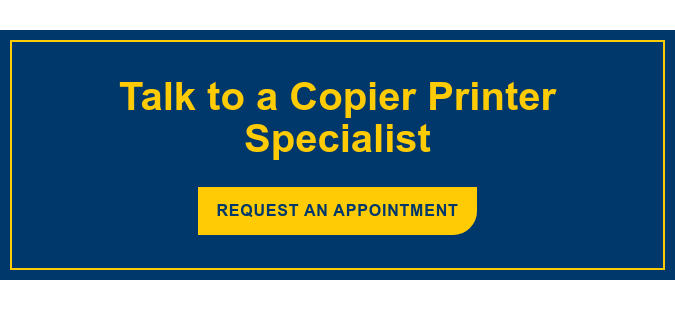 Printer drivers are commonly the root cause of printing issues and frustrations. These drivers can seem complex, which amplifies already stressful situations. To add some ease to any frustration, I'm going to clarify the role printer drivers play in the printing process and describe when and why updates are needed. I’ll also provide best practices for the overall management of printer drivers throughout your organization.
Printer drivers are commonly the root cause of printing issues and frustrations. These drivers can seem complex, which amplifies already stressful situations. To add some ease to any frustration, I'm going to clarify the role printer drivers play in the printing process and describe when and why updates are needed. I’ll also provide best practices for the overall management of printer drivers throughout your organization.
What is The Purpose of Printer Drivers?
Printer drivers allow computers to communicate with printers. A computer’s operating system doesn’t speak the same language as a printer does, so printer drivers act as translators. Printer drivers encode the words and images from your document into instructions that the printer understand, making it possible to replicate the document on paper. In other words, the printer relies on the print driver to instruct it on how to print a document.
Let’s take a more in-depth look to understand two of the most common printer drivers: Printer Command Language (PCL) and PS (Postscript). Both are used by many printer manufacturers, but each has advantages and disadvantages for different printing job types.
PCL Printer Drivers
PCL is printer model dependent, meaning the PCL driver is specifically written for a specific printer and can better utilize that printer’s functionality. Therefore, the look of your printed document may vary slightly when different printers are used. But PCL is efficient for day-to-day printing needs because it produces jobs quickly and is supported by many different operating systems.
PS Printer Drivers
Postscript, on the other hand, is ideal for printing highly-detailed and graphic-heavy documents. Instead of relying on the printer’s capability, PS creates all the necessary print instructions to achieve the intended results of the original file. No matter which printer your document is printed on, the results will be the same because this driver is device-independent. However, the high-quality PS produces causes print time to be a bit slower than PCL, and it requires more memory because the files are larger. Additionally, PS isn’t compatible with as many operating systems as PCL; generally speaking, PS is more heavily used in print shops and on Mac platforms.
Updating Printer Drivers
Printer drivers are periodically updated for a number of reasons. Two of the most important reasons are to fix software bugs or to improve functionality. Print driver updates are known to cause some issues after installation, especially if they are released without proper testing. If your printer is working well and there aren’t any major performance issues, stick to the “if it ain’t broke, don’t fix it” mantra.
But, on the other hand, outdated printer drivers can be a significant cause of printing issues. Checking for driver updates on your manufacturer’s website is the first step in printer resolution. Here are some of the common issues caused by outdated printer drivers:
- Printer cannot be detected by your computer
- Symbols or characters are missing from your printed documents
- Symbols or characters are added to your printed documents
- Solid black lines appear on your printed documents
- Program crashes when trying to print your document
When updating your printer driver, make sure you select the correct driver for your operating system to prevent future issues or hardware malfunctions. Our blog, Printer Drivers 101 | An Introduction, covers the proper way to update printer drivers.
Printer driver updates can be found on printer manufacturers’ websites, or you can contact your print provider for assistance. Here are some of the driver update locations for common printer manufacturers:
If you have any specific questions related to printer driver issues, functionality or updates, connect with a Marco print specialist:
